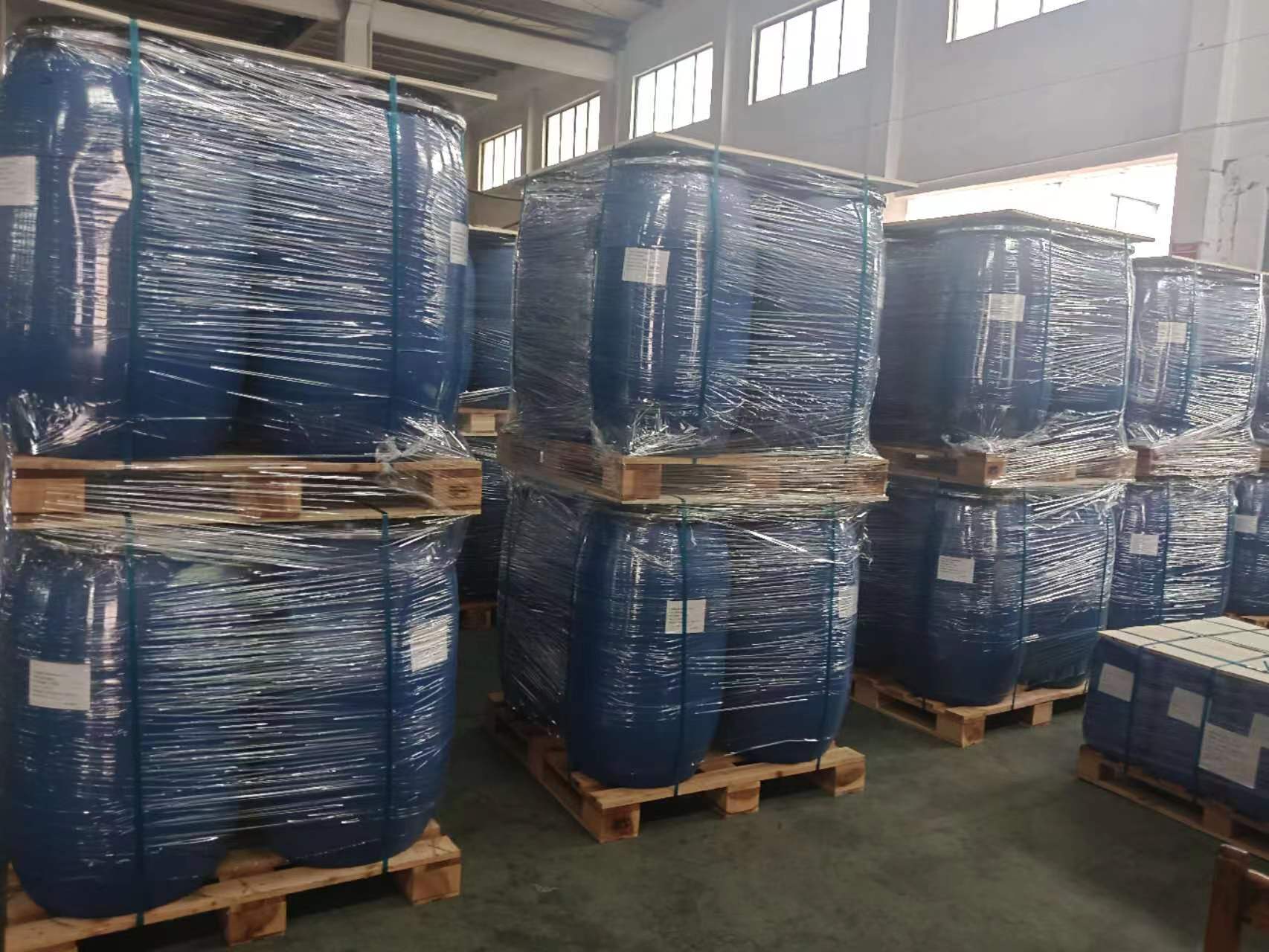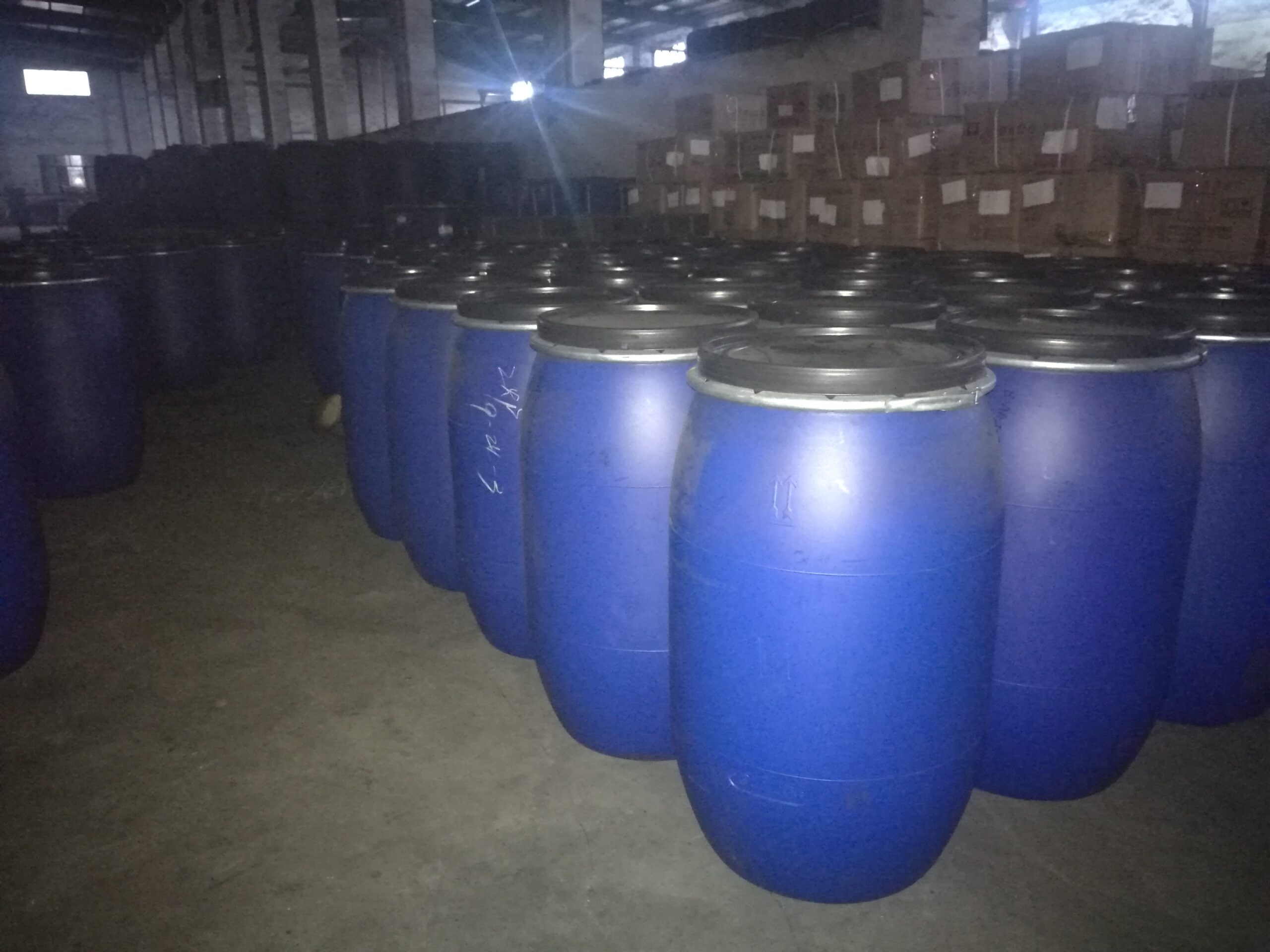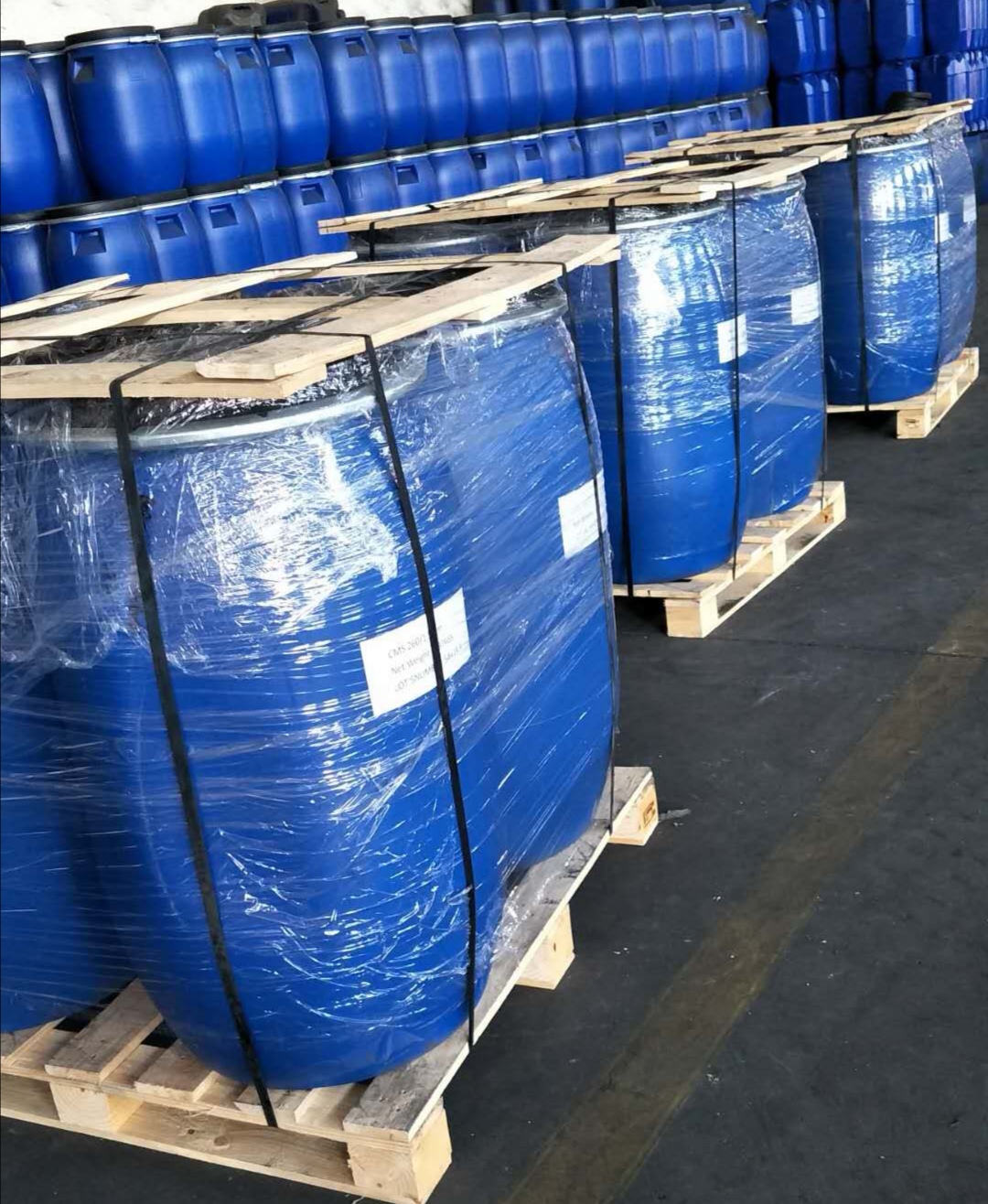The Application of Activated Carbon in the Chemical Industry
As an efficient and porous adsorption material, activated carbon demonstrates remarkable physical and chemical properties, and thus has extensive application value in the chemical industry. The following are the main application scenarios and technical advantages of activated carbon in the chemical field.

I. The Purification Function of Activated Carbon in Chemical Processes
Activated carbon performs exceptionally well in the purification of oil-based chemicals, effectively removing odors and pigments from products such as glycerol. Its unique pore structure enables efficient decolorization (reducing the color of petroleum products by over 80%) and prevents ion exchange reactions, ensuring products meet high purity standards. In the purification of fatty acids and their derivatives, activated carbon also plays a crucial role, enhancing product quality through selective adsorption. As follows:
1. Gas purification: In chemical production processes, activated carbon can serve as a gas filter, effectively removing harmful gases and impurities. For example, in the petrochemical industry, activated carbon is widely used for desulfurization, denitrogenation, and removal of other harmful gases, thereby improving product quality and environmental protection.
2. Liquid purification: Activated carbon can also be used for liquid purification processes, such as decolorization, deodorization, and removal of harmful substances. For instance, in the pharmaceutical industry, activated carbon is used for the purification and removal of impurities in drugs, ensuring the purity and safety of the drugs.
II. The separation role of activated carbon in chemical processes
Due to its highly developed pore structure and large specific surface area, activated carbon can be used as an excellent adsorbent in chemical separation processes. For example, in the fine chemical field, activated carbon can be used for the separation and purification of high-value chemicals such as fragrances, dyes, and pharmaceutical intermediates.
III. The catalytic role of activated carbon in organic chemistry
Activated carbon not only has excellent adsorption properties but also exhibits certain catalytic activity. In the field of organic chemistry, activated carbon can be used as a catalyst carrier or co-catalyst to promote chemical reactions. For example, in the synthesis of ammonia and methanol, activated carbon can increase reaction rates and selectivity, reduce energy consumption and waste emissions.
IV. The role of activated carbon in optimizing biotechnological processes
In the field of biotechnology, activated carbon is widely used to improve the efficiency of biological conversion. As a sugar beet absorbent, it can significantly increase the yield of citric acid fermentation processes; in the synthesis of lactate, penicillin, etc., the intervention of activated carbon can optimize reaction conditions. Studies show that activated carbon has a significant purification effect on substances such as amino acids (such as methionine, lysine) and organic acids (such as fumaric acid, nicotinic acid), and can effectively inhibit the occurrence of side reactions.
V. The role of activated carbon in the production of agricultural chemicals
Activated carbon plays a dual role in the production of pesticides and other agricultural chemicals: it is both an efficient purification medium and a stable catalyst. Its highly active surface can selectively adsorb impurities, helping to achieve better precipitation separation effects. It is worth noting that the catalytic effect of activated carbon in low-concentration products is more significant, significantly improving the conversion rate.

VI. The role of activated carbon in the deep treatment of chemical wastewater
In the face of complex components such as organic matter and heavy metals in chemical wastewater, activated carbon demonstrates outstanding treatment capabilities. Its pore structure with a specific surface area of over 1000 square meters per gram can effectively adsorb various pollutants. In practical applications, activated carbon treatment systems have a high removal rate of difficult-to-degrade substances and possess advantages such as low operating costs and strong adaptability, making it one of the core technologies for the deep treatment of chemical wastewater.
With the deepening of the green chemical concept, the application of activated carbon is expanding from the traditional purification field to the direction of process innovation. In the future, through pore structure optimization and surface modification technologies, activated carbon will play a greater role in the sustainable development of the chemical industry.
VI. Summary and Outlook
Activated carbon plays an important role in chemical processes, including purification, separation, and catalysis. With the continuous progress of science and technology and the increasing requirements for green chemistry, the application scope of activated carbon will expand further. In the future, the research and development of activated carbon materials and innovation will become one of the important research directions in the chemical field, helping to improve the efficiency and environmental performance of chemical production. Overall, activated carbon, due to its unique physical and chemical properties, holds a crucial position in chemical processes. Whether as a purifying agent, a separating agent or a catalyst, activated carbon has made significant contributions to the development of the chemical industry.



